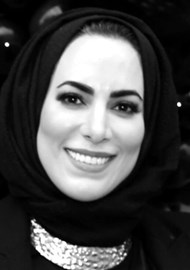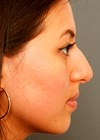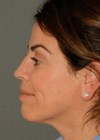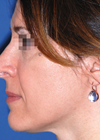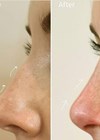Non-surgical rhinoplasty, also known as a ‘liquid nose job’ or ‘filler rhinoplasty’, is a minimally invasive cosmetic procedure that reshapes the nose using dermal fillers instead of traditional surgical techniques. It offers advantages such as minimal downtime and no incisions, making it a viable alternative to surgery and a highly sought after procedure [1].
Having performed over 1000 non-surgical rhinoplasties, from simple cases to those that are more complex and even post-surgical corrections, I have not only expanded my techniques, but have also witnessed the lifespan of the non-surgical rhinoplasty and what happens after the point in which we expect the filler to have been broken down by the body. This article details the steps involved in a non-surgical rhinoplasty, guiding healthcare professionals through the process.
Pre-procedural consultation
- Medical history and expectations: Assess the patient’s medical history, allergies, and current medications. Discuss their aesthetic goals, desired modifications, and expectations realistically. Emphasise the temporary nature of the results and potential risks and complications.
- Physical examination: Evaluate the nasal anatomy, skin quality, and potential structural limitations. Assess the nose in profile and in frontal view. The profile is what can best be changed non-surgically. Any frontal concerns or asymmetries are less suitable for non-surgical correction and it is important the patient is aware of this from the onset. The non-surgical rhinoplasty is one of the few procedures where the end results can be accurately visualised before you start.
- Photography: Capture pre-procedural photographs, side, front, 45 degree (selfie angle) and from above when planning to build the nasal bridge. These images are crucial for documentation and treatment planning.
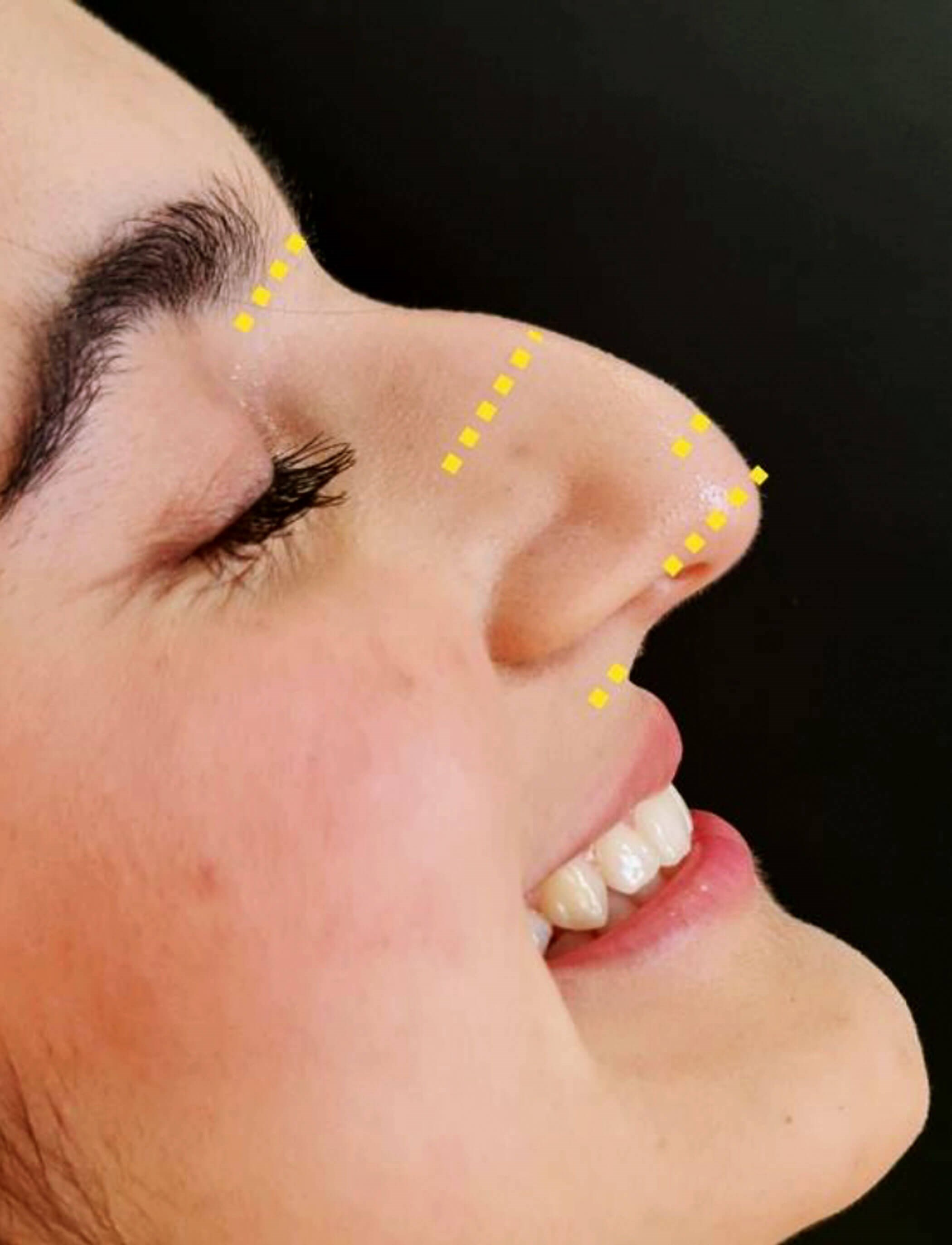
Figure 1.
Procedure
- Topical anaesthetic (optional).
- Mark up the key anatomical landmarks to ensure precise injection (Figure 1). These include the upper limit of the radix, the highest point of the dorsal hump, the new position of the top, any depressions which require augmentation and the nasolabial angle.
- Product selection: This is of significant importance in the non-surgical rhinoplasty. The product of choice has to have rheological properties that are most likely to mimic hard tissue once integrated. The ideal product is rigid but not hydrophilic.
- Filler injection: Using sterile technique, inject hyaluronic acid-based fillers into strategic points to achieve the desired shape and volume. Precise injection techniques and meticulous sculpting are crucial to attain surgical-like results.
- Review and refinement: Throughout the procedure, assess the results to the pre-planned visualisation and refine the injections as needed to achieve the optimal outcome.
- Post-procedural care: Provide detailed instructions on aftercare, including avoiding strenuous activity, sun exposure, and manipulating the nose. Inform the patient about potential side-effects like temporary bruising, swelling, and tenderness. Ensure they are fully aware of the signs or symptom of potential vascular compromise and provide emergency contact number if needed.
Important considerations
- Patient selection: Carefully select patients with realistic expectations, suitable anatomical features, and no contraindications to fillers.
- Filler choice: Utilise suitable hyaluronic acid fillers with the most appropriate rheology.
- Injection technique: Meticulous injection techniques and understanding of facial anatomy are paramount for safe and aesthetically pleasing results.
- Complications: Be prepared to manage potential complications like allergic reactions, infections, vascular compromise, and filler migration.
- Follow-up: Schedule follow-up appointments to monitor progress, address any concerns, and perform touch-up injections if needed.
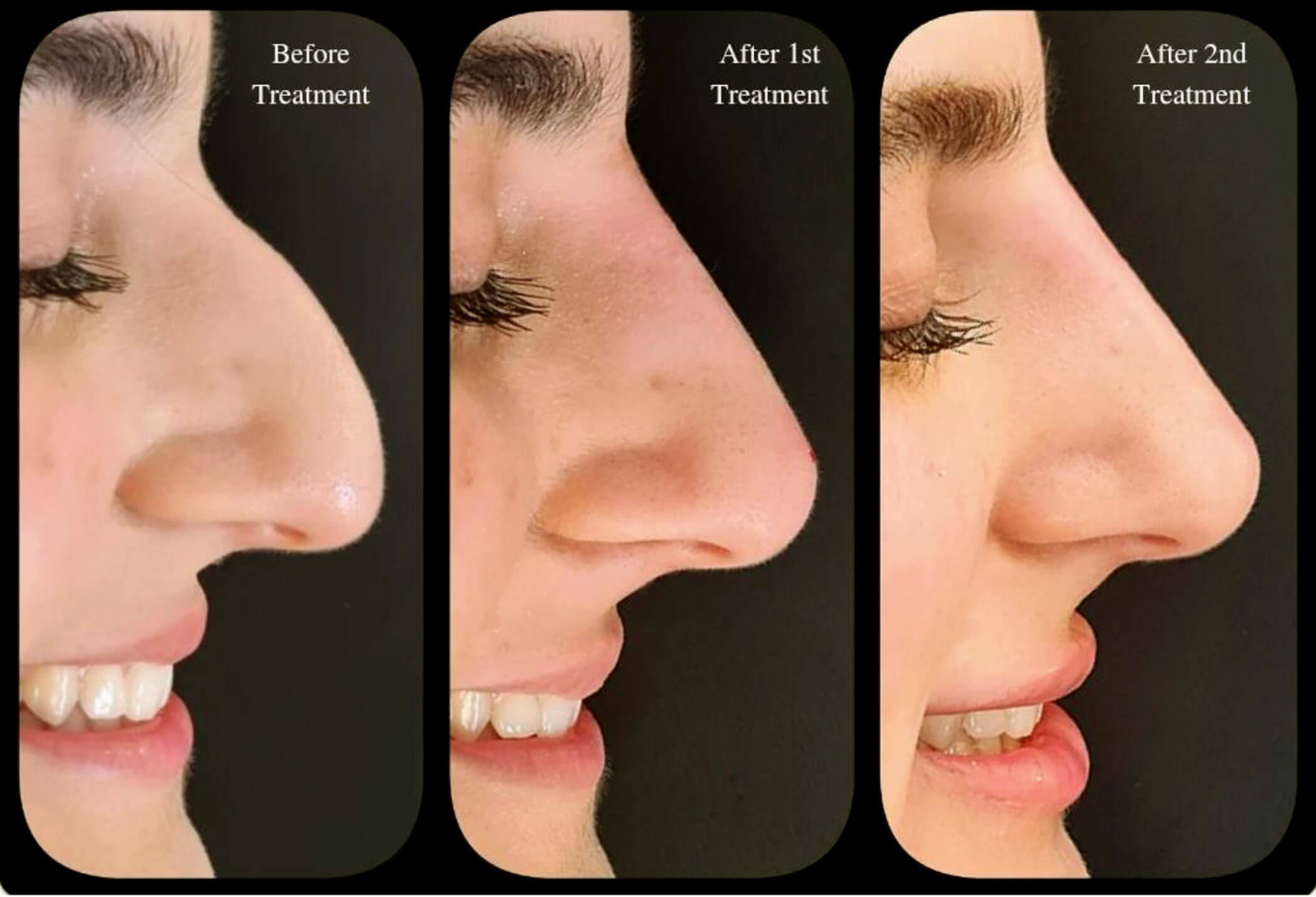
Figure 2.
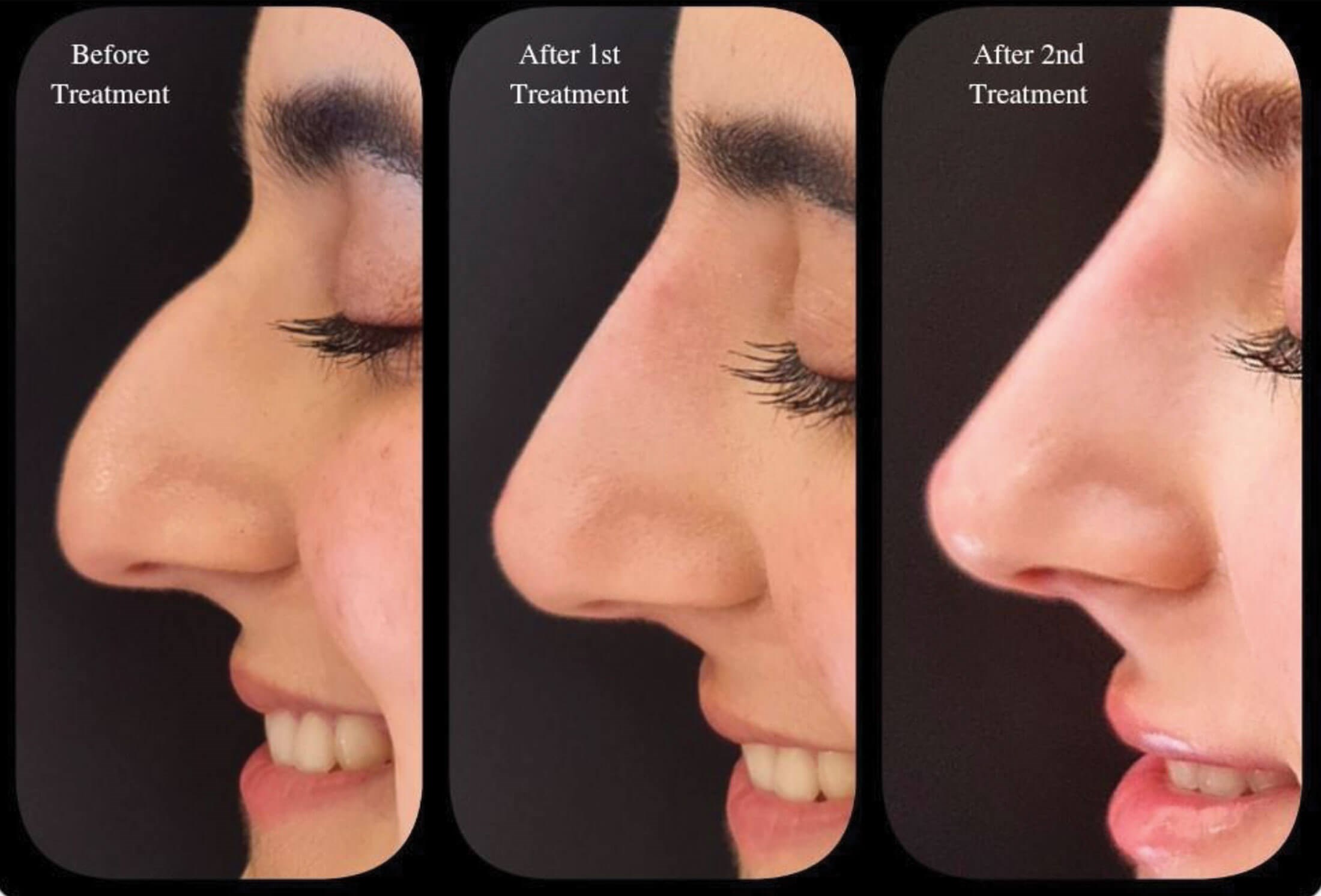
Figure 3.
Conclusion
Non-surgical rhinoplasty offers a minimally invasive approach to reshape the nose. By adhering to a structured approach, careful patient selection, and proper injection techniques, healthcare professionals can achieve safe and aesthetically pleasing results (Figure 2 and 3). Remember, thorough consultation, realistic expectations, and meticulous execution are key to successful non-surgical rhinoplasty.
Reference
1. Kumar V, Jain A, Atre S, et al. Nonsurgical rhinoplasty using hyaluronic acid dermal fillers: A systematic review. J Cosmet Dermatol 2021;20(8):2414–24.
Declaration of competing interests: None Declared.
COMMENTS ARE WELCOME



